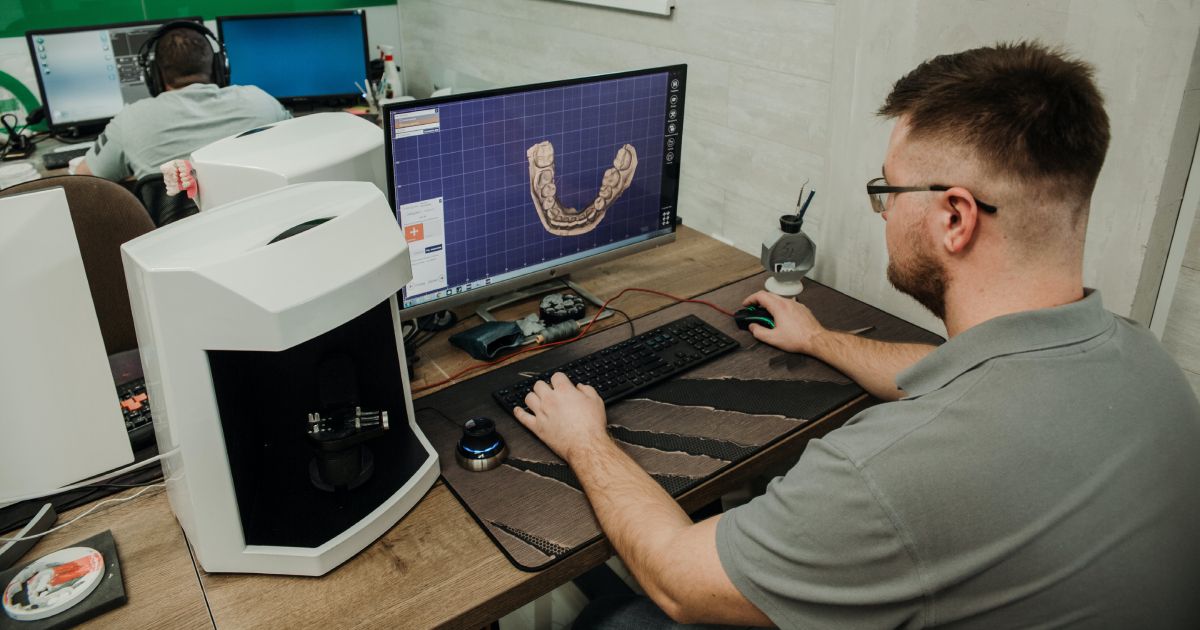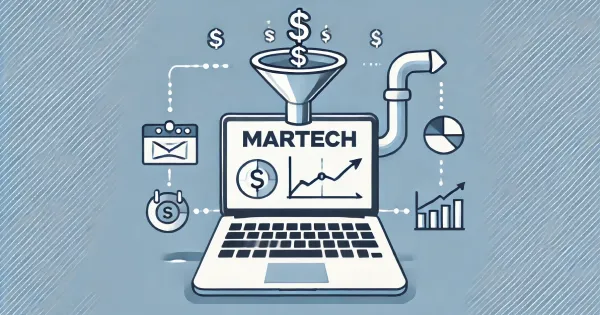5 Ways to Use Augmented Reality for Business

Augmented Reality (AR) technology has transcended its initial boundaries in the gaming industry and is now disrupting various sectors, including business. AR overlays digital information and virtual objects onto the real world, offering a wide range of practical applications.
Here are five innovative ways businesses can leverage AR to enhance operations, engage customers, and drive growth.
1) Product Visualization and Prototyping

AR is poised to transform the product design and presentation processes across various industries. Businesses can harness AR to revolutionize how they design, prototype, and showcase their products to clients and customers. By leveraging AR technology, companies can craft interactive 3D models and prototypes that users can seamlessly visualize within real-world contexts, all through the use of smartphones or AR glasses. This capability opens up exciting possibilities for industries such as architecture, interior design, and manufacturing.
In architecture, for instance, AR empowers architects to offer virtual property tours to clients, enabling them to explore and experience architectural designs in a tangible way. Interior designers can use AR to demonstrate how furniture and decor elements fit into specific spaces, giving clients a comprehensive understanding of the design vision.
Moreover, manufacturers can utilize AR to visualize and fine-tune product prototypes before they go into full-scale production, leading to significant time and cost savings. As AR continues to advance, businesses are finding creative and practical applications for this technology, enhancing their design processes and elevating client experiences in the process.
2) Enhanced Customer Engagement

AR holds immense potential for transforming the way businesses engage with their customers. One of the most exciting aspects is its ability to offer immersive shopping experiences. For retailers, AR apps enable customers to virtually try out products, from clothing and accessories to furniture, by superimposing them into their real-world environments. This not only enhances the customer's shopping experience but also helps in reducing the uncertainty associated with online purchases, ultimately driving sales.
Additionally, interactive marketing campaigns utilizing AR can revolutionize customer engagement. Brands can create AR experiences where users can scan products or promotional materials to access detailed information, reviews, and exclusive offers. These campaigns blur the lines between online and in-store shopping, making it more convenient for consumers to access product information and make informed decisions.
Furthermore, gamification elements in AR, such as treasure hunts and interactive games, add an element of excitement and entertainment to brand interactions, helping businesses foster customer loyalty and generate buzz around their products and services. As AR technology continues to evolve, innovative ways to engage customers are limited only by creativity and imagination.
3) Employee Training and Onboarding

Efficient training and onboarding of employees are essential for any business, and AR has emerged as a powerful tool in this regard. AR offers the advantage of immersive, hands-on training experiences that can significantly enhance the learning process. Companies across various industries, including manufacturing, healthcare, and construction, are leveraging AR to create realistic and interactive training simulations.
For instance, in manufacturing, employees can receive training on complex machinery and assembly processes through AR-guided simulations. In healthcare, AR can be used for medical training, allowing practitioners to practice procedures in a risk-free virtual environment. Similarly, in construction, workers can be trained to operate heavy machinery with AR overlays providing step-by-step instructions. These applications not only enhance training effectiveness but also reduce the potential for errors and accidents.
One of the key benefits of using AR for training is its ability to overlay information and instructions directly onto physical objects. This means that employees can receive guidance in real-time as they perform tasks, improving their understanding and skill acquisition. Moreover, AR-based training can be highly adaptable and customizable, allowing businesses to tailor training modules to specific job roles or skills.
As AR technology continues to advance, the potential for creating engaging and effective training experiences grows, making it an invaluable asset for businesses looking to enhance their workforce's skills and capabilities.
4) Data Visualization and Analytics

AR holds immense potential in revolutionizing how businesses interpret and interact with data. It can take complex datasets and transform them into immersive, interactive 3D visualizations, providing teams with a novel and intuitive way to analyze information.
For instance, sales teams can leverage AR to delve into data-driven 3D models of their sales territories. By visualizing this information spatially, they can readily identify market opportunities, emerging trends, and potential areas for improvement. This spatial context not only enhances data comprehension but also aids in making informed strategic decisions.
Financial analysts, too, can benefit significantly from AR when it comes to data visualization. AR can enable them to view stock market data in a spatial context, allowing them to analyze and understand market trends and movements more effectively. By representing financial data as dynamic 3D visualizations, AR can provide analysts with a more comprehensive perspective, potentially leading to more accurate predictions and better investment decisions.
In essence, AR has the potential to make data not just more accessible but also more insightful, enabling businesses to extract greater value from their information resources.
5) Remote Assistance and Support

AR technology offers a powerful solution for providing remote support to field technicians, customers, or employees. It enables experts to have a direct view of what on-site personnel are experiencing by utilizing AR glasses or mobile devices. This real-time visual connection facilitates instant guidance, which is particularly invaluable in industries such as maintenance. In scenarios where immediate support is crucial to minimize downtime and costs, AR allows experts to remotely assist on-site teams effectively.
Additionally, AR can enhance customer support by guiding users visually through troubleshooting processes. This visual assistance not only makes support interactions more efficient but also increases the likelihood of resolving issues accurately and promptly.
In essence, AR-powered remote support transcends geographical barriers and empowers businesses to deliver timely and effective assistance. Whether it's troubleshooting a technical problem in the field, guiding customers through product setup, or supporting employees during complex tasks, AR facilitates seamless collaboration between experts and those in need of assistance. This not only improves operational efficiency but also enhances customer satisfaction, which is paramount in today's competitive business landscape.
Final Thoughts
In conclusion, augmented reality offers businesses a wide array of opportunities to enhance their operations and customer engagement. By harnessing the power of AR, companies can improve product visualization, engage customers in new ways, streamline employee training, visualize data, and provide remote assistance.
As AR technology continues to advance, it's crucial for businesses to explore its potential applications and remain at the forefront of innovation in their respective industries.







